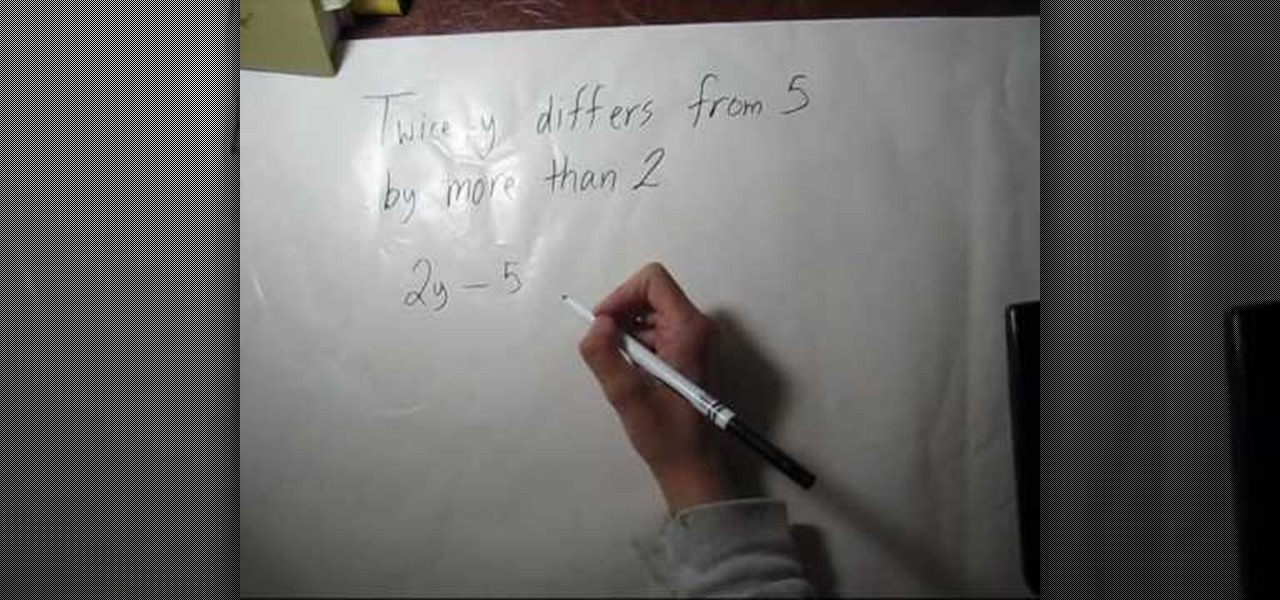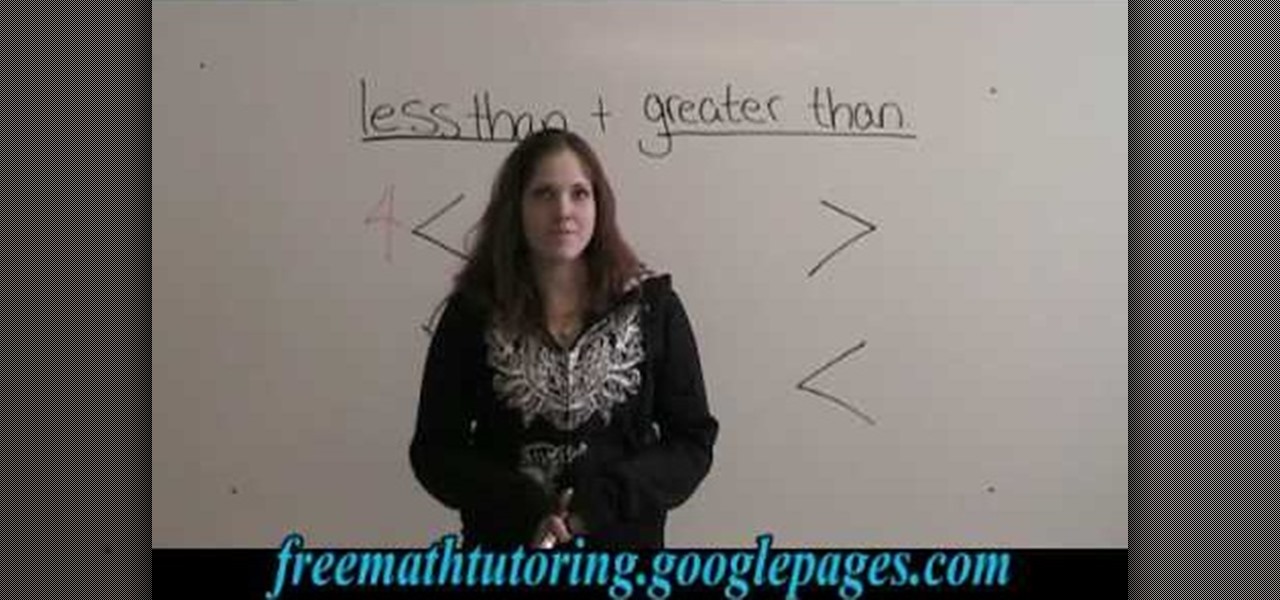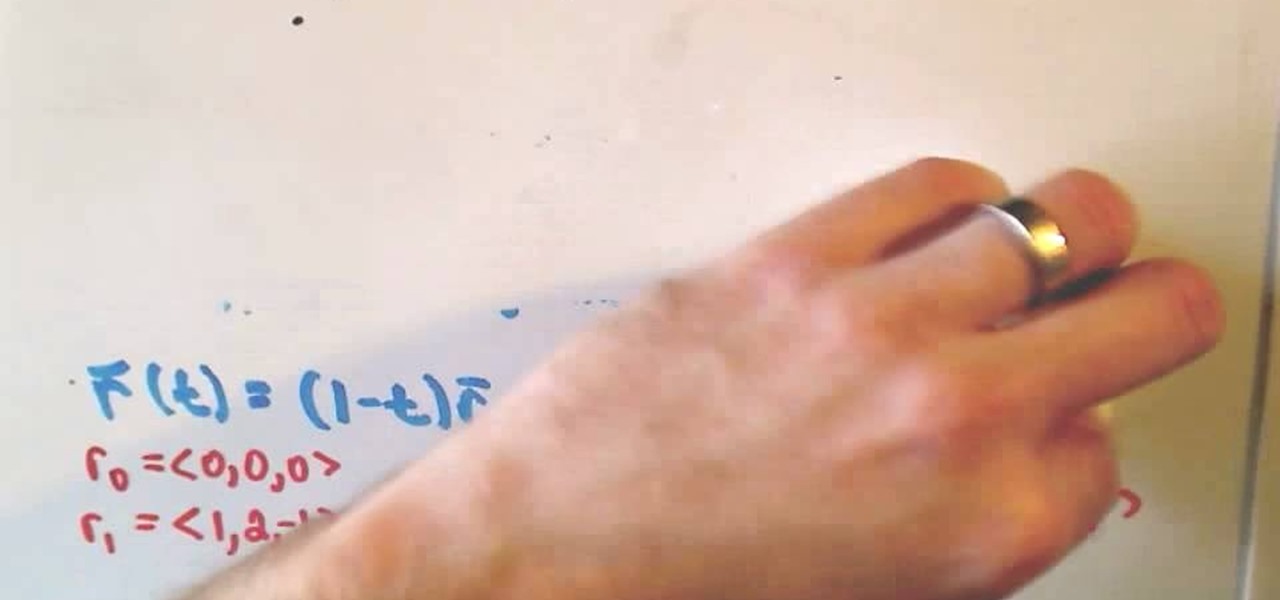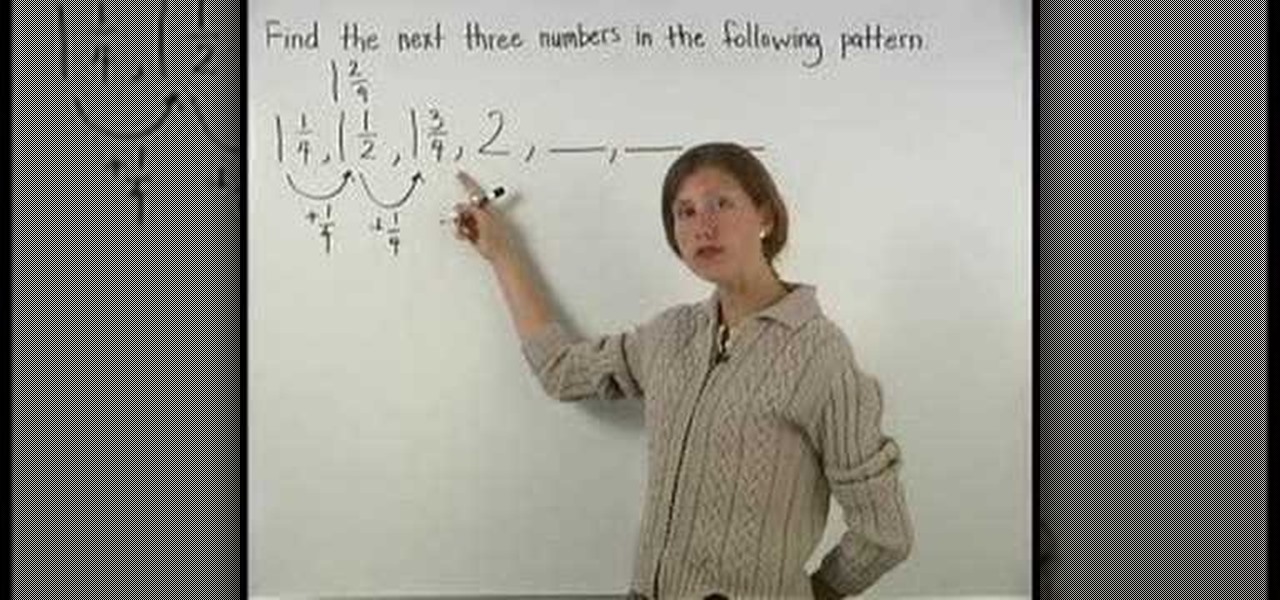Everything Else


How To: Find the Surface Area of a Cylinder.
Step by step directions for finding the surface area of a cylinder. In order to calculate the surface area of the cylinder you find the area of the two bases and add this to the lateral area.
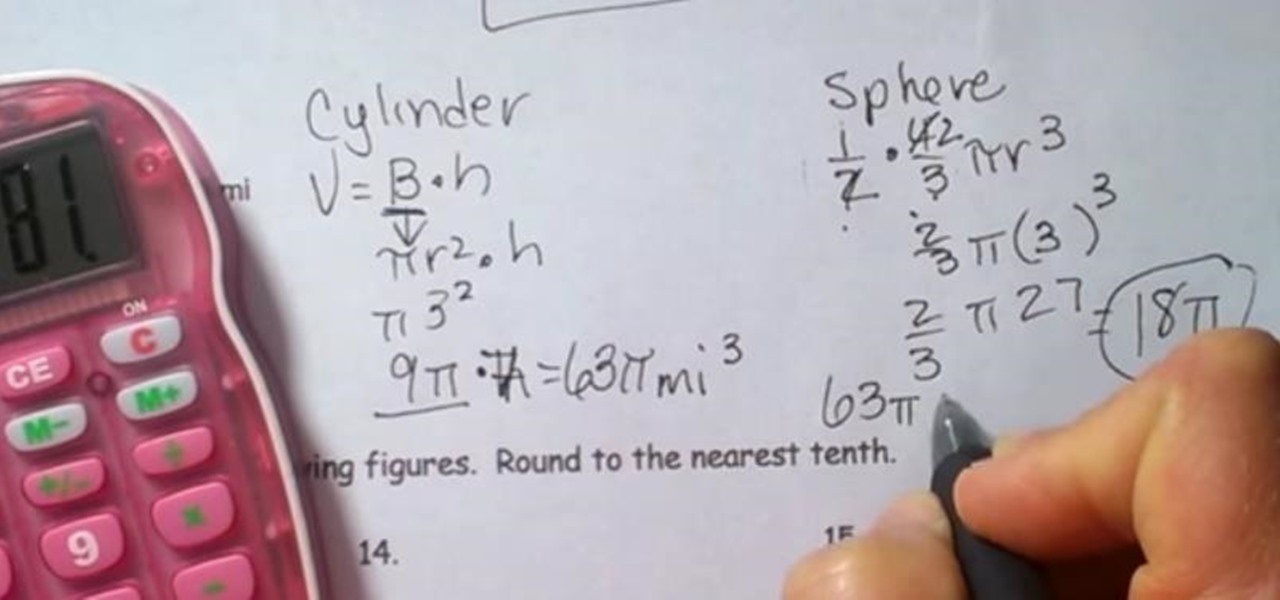
How To: Find the Volume of Composite Figures (Also Called Composite Shapes)
Composite figures are composed of several geometric shapes and are three-dimensional shapes. The first composite shape is a combination of a rectangular prism and a pyramid. To find the volume of the entire shape you find the volume of each individual shape and add them together. The second figure consists of a cylinder and a hemisphere. Check out the video below for the full lesson.
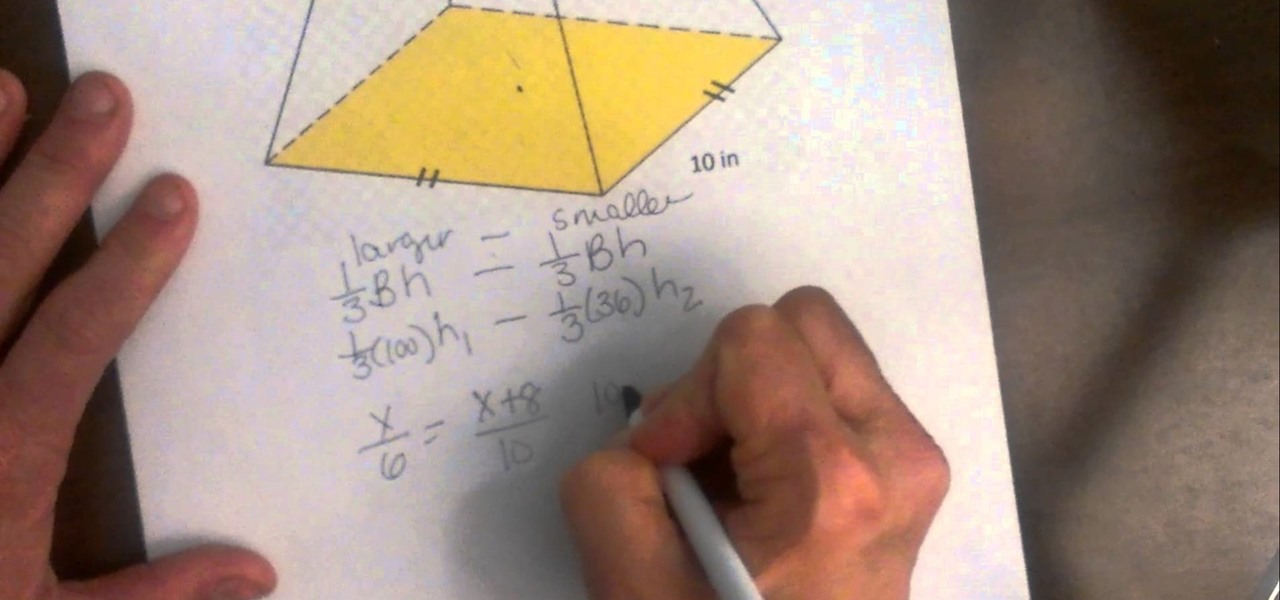
How To: Find the Volume of a Truncated Pyramid.
A truncated pyramid (frustum) is a pyramid with the top cut off. This video reviews how to find the volume.

How To: Classify a Triangle as an Isosceles Triangle.
Video: . What is an isosceles trapezoid. The video goes over the properties that are unique to an isosceles trapezoid.

How To: Simplify Square and Cube Roots
Whenever you simplify a square root or a cube root you are writing them in the simplest form. This video teaches a factoring method.
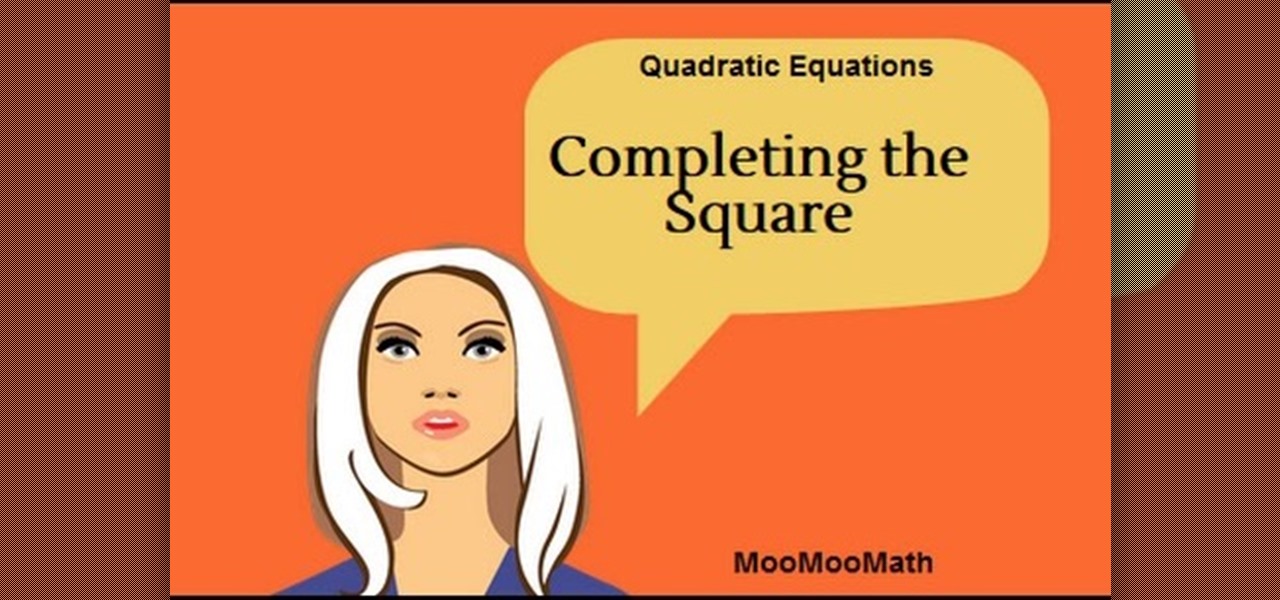
How To: Complete the Square of a Quadratic Function.
How to use "we half it,we square,we add it to both sides" when using the complete the square" This method can help make a complex Math problem a little bit easier.

How To: Add Fractions Without a LCM
This video has 7 fraction hacks that can save you time when working with fractions. The hacks are: Adding fractions without a LCM

How To: Find the Sector Area
The sector area is a section of the circle. You can think of it as finding the area of a pizza slice instead of the entire pizza.

How To: Simplify Complex Fractions
The key to simplifying fractions is to convert the fraction from a hamburger to a hot dog. In other words you change it from a fraction to a division problem, and then use Keep,Change,Flip to simplify. The video explains all of this and helps make complex fractions,simple.

How To: Change a Quadratic from Vertex Form to Standard Form.
The Vertex Form of a Quadratic Equals Vertex Form = F(X) = a(X-H)^2 +K (H,K) = Vertex, and the standard form equals f(x) = ax^2 + bx + c. This video explains how you switch from the vertex form to the standard form.

How To: Find the Perimeter of a Rectangle
If you have a rectangle and the length of only one side is given,how do you find the perimeter. The video shows how the diagonal creates a right triangle. This right triangle can be used to find the other side of the triangle, and then the perimeter.

How To: Simplify Complex Fractions
Complex fractions are fractions that contain a fraction in the numerator,the denominator, or both. You can use the Keep,Change,Flip method in order to simply these complex fractions.
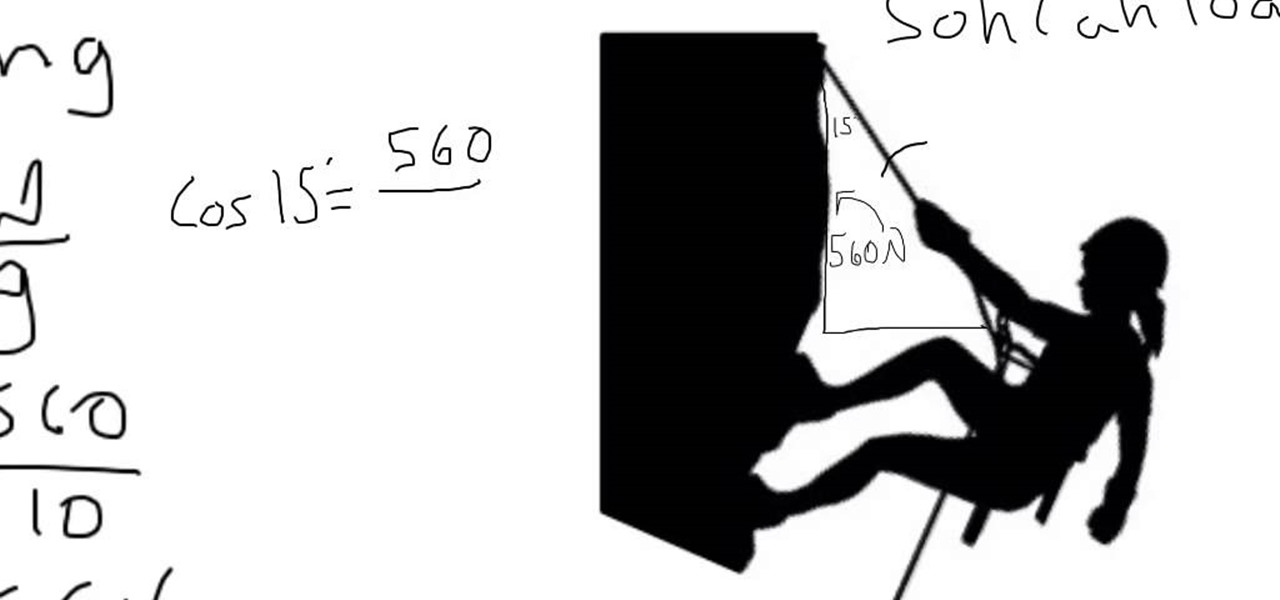
How To: Work a Tension Problem
In this video tutorial I will be explaining how to work a tension problem. Usually these problems are found during a Newtons laws unit in physics. I am currently in physics and I thought I might share my strategy and work to help you guys succeed in the problems. Thank You. The video was made with Explain Everything. Also, please check out my youtube channel. It is new and I pasted a link for you guys to check out. Like comment and subscribe!

How To: Divide Any Number with 5 in Just a Few Seconds
Fast maths tricks!

How To: Spend Money on a Graphing Calculator? Nah—Just Use This Web-Based TI Emulator
For the majority of my math classes in middle and high school, a graphing calculator was a must. While the calculators were very useful to have, they were quite steep in the price column. After losing the TI-83 graphing calculator my parents bought me in high school, I had to save up my own money to buy the next one.
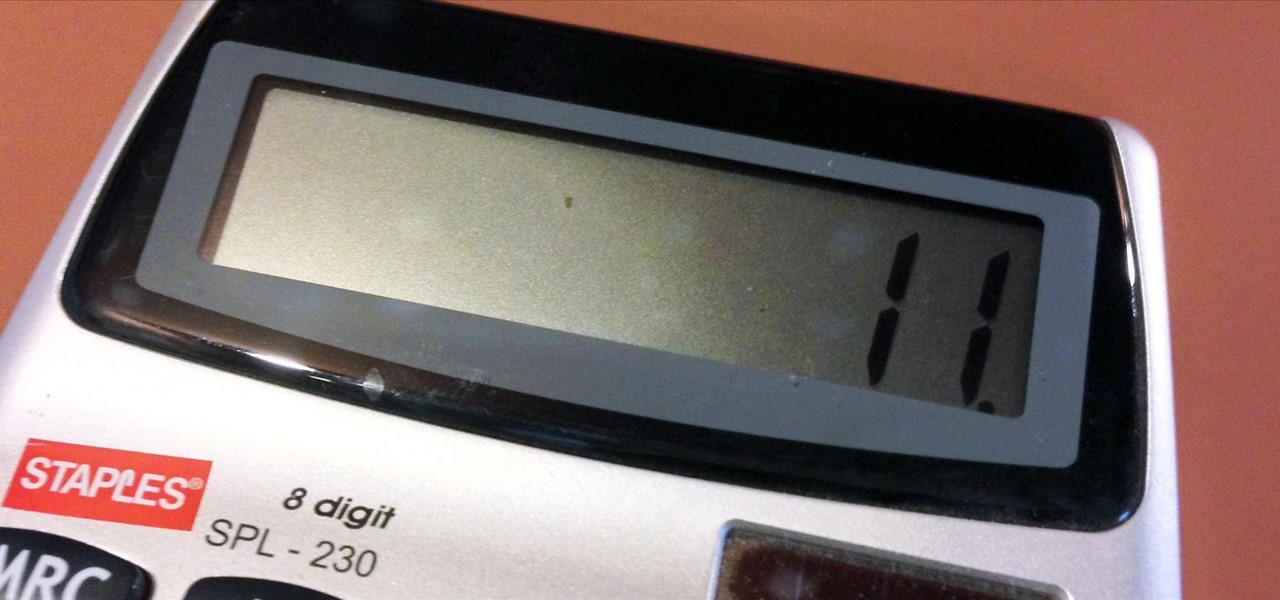
How To: Multiply Any Number by 11 with a Super Fast Mental Trick
Most of the time, when I’m bored during math class, I play with my calculator to satisfy my boredom. Recently, I've discovered that when multiplying any number by 11, 111, or any number similar to it, that it has a pattern (though I guess everything in math has a pattern). I don't know if this technique is original, because I didn't read anything about this. It's just mere observation. If it’s a tried and true technique, let me know.
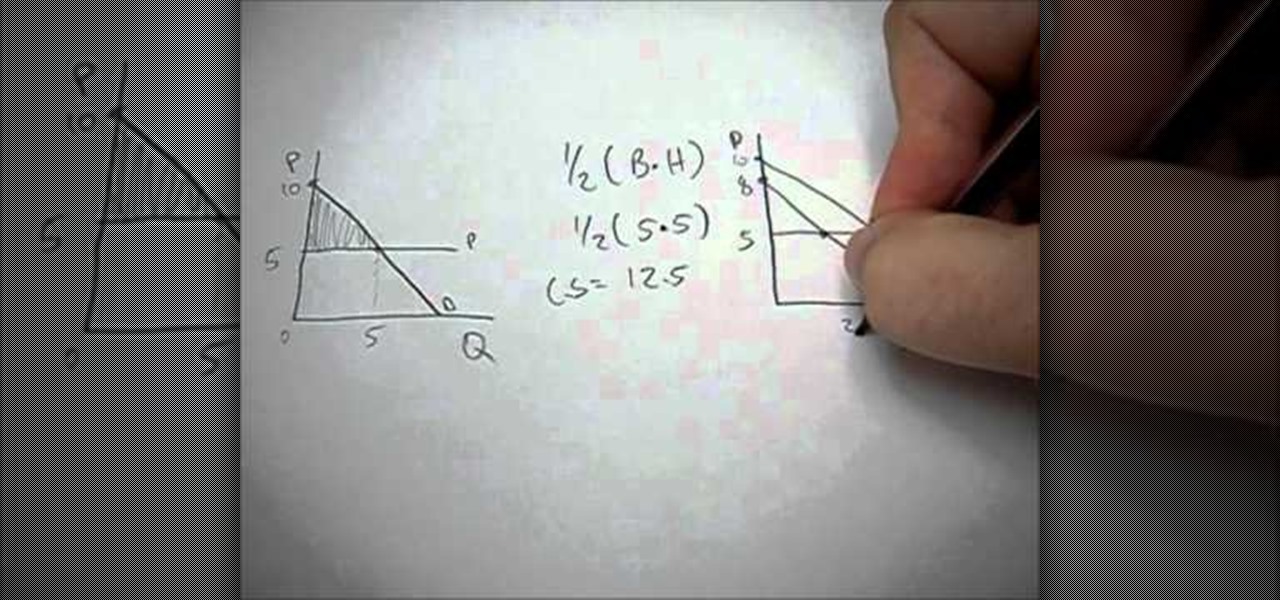
How To: Calculate Consumer Surplus with a few simple equations
Struggling to find and calculate the correct consumer surplus for an econ class or in any other situation? Take a look at this guide that will walk you through the different equations and graphs necesssary to understand and calculate consumer surplus.

How To: Use PEMDAS to evaluate an algebraic expression
Algebra is not as hard as it looks. Learn how to evaluate expressions correctly by using the order of operations, which can easily be remembered as PEMDAS- Parentheses, Exponents, Multiplication, Division, Addition, Subtraction. You can solve any problem in algebra with this approach.

How To: How Round Is Your Circle? Engineering Puzzles Explained
Can you dissect an equilateral triangle into pieces that can be rearranged into a square? If you think you can, you may have mastered the Pythagorean theorem.
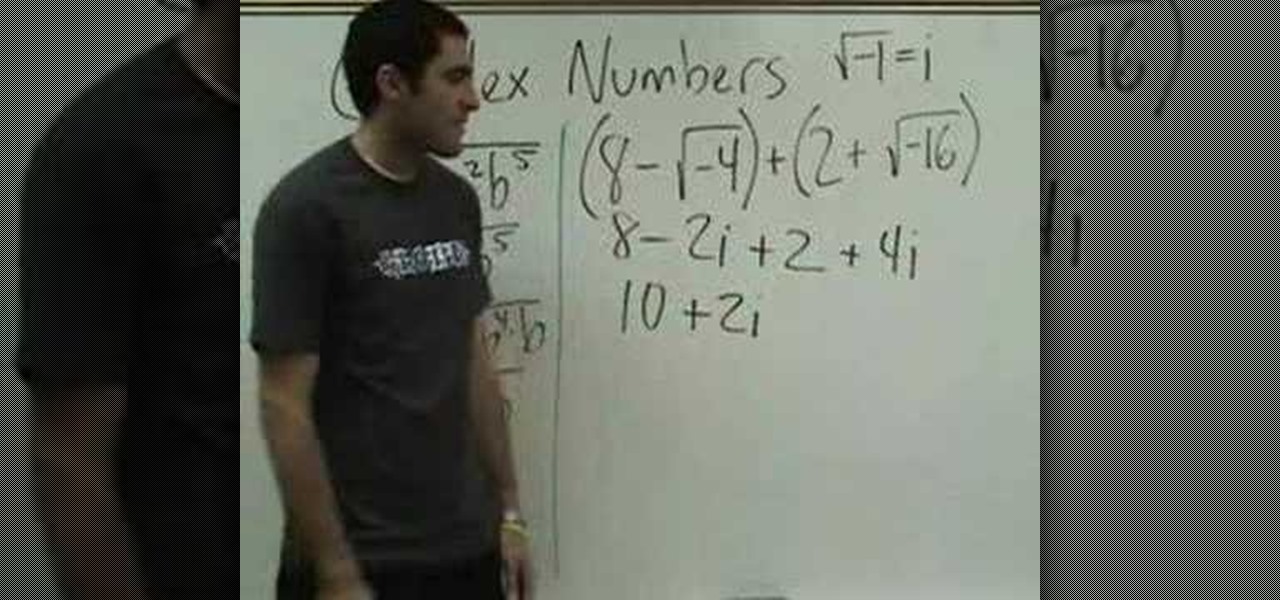
How To: Simplify expressions involving i in intermediate algebra
In this free video math lesson YAY MATH, we learn how to work with imaginary numbers in intermediate algebra. With mathematics, as with anything else, not everyone progresses at the same rate. Algebra is no exception. Happily, in the age of Internet video tutorials, this isn't a problem. Those who progress quickly can go beyond what's being taught them and those who are struggling likewise have all the time in the world to catch up. Whether you need help finishing your homework or studying fo...
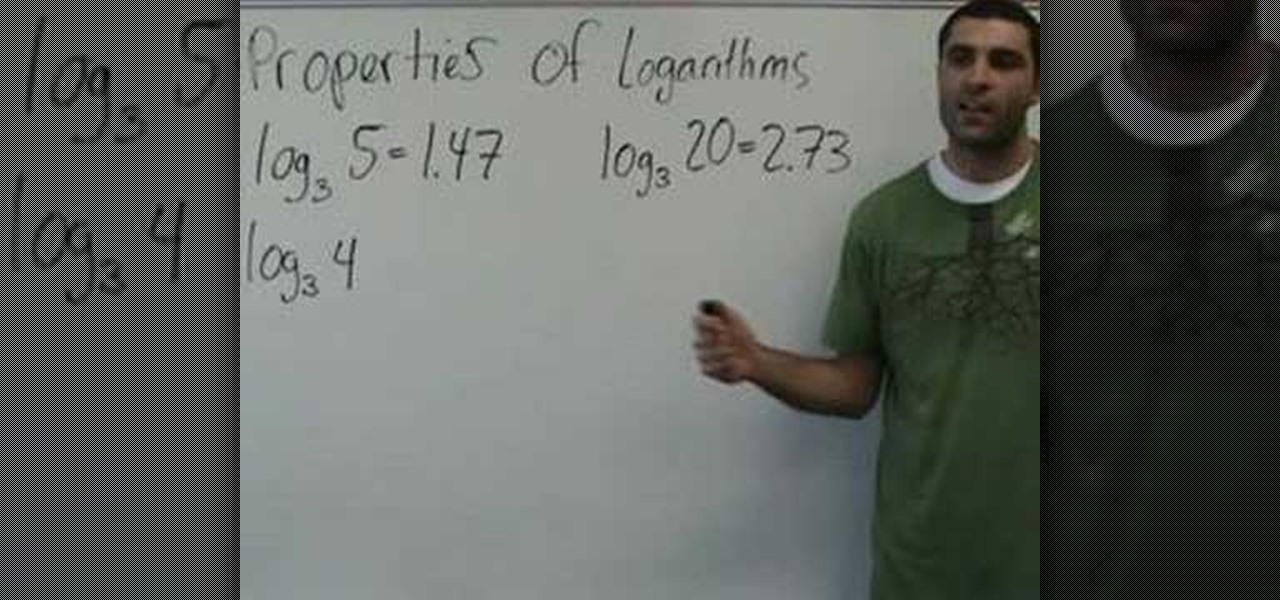
How To: Work with logarithms in intermediate algebra
In this free video math lesson YAY MATH, we learn about logarithms — what they are, how they work and how to solve math problems involving them. With mathematics, as with anything else, not everyone progresses at the same rate. Algebra is no exception. Happily, in the age of Internet video tutorials, this isn't a problem. Those who progress quickly can go beyond what's being taught them and those who are struggling likewise have all the time in the world to catch up. Whether you need help fin...
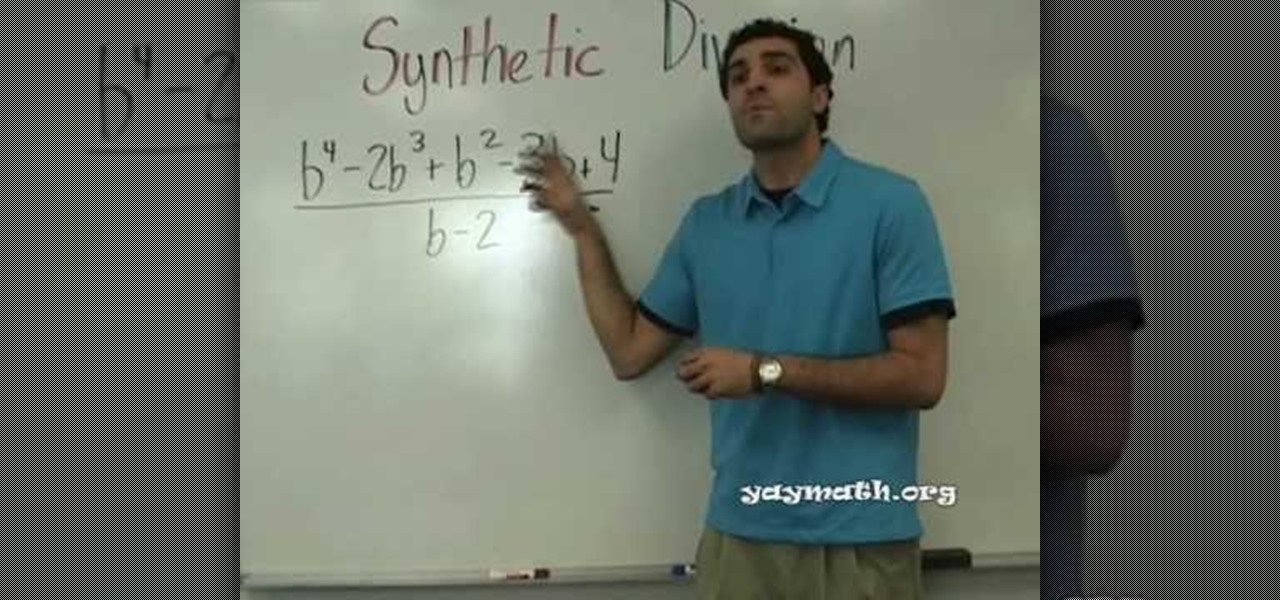
How To: Do synthetic division in intermediate algebra
In this free video math lesson YAY MATH, we learn how to divide a polynomial by a linear factor (e.g., x - a) using synthetic division. With mathematics, as with anything else, not everyone progresses at the same rate. Algebra is no exception. Happily, in the age of Internet video tutorials, this isn't a problem. Those who progress quickly can go beyond what's being taught them and those who are struggling likewise have all the time in the world to catch up. Whether you need help finishing yo...
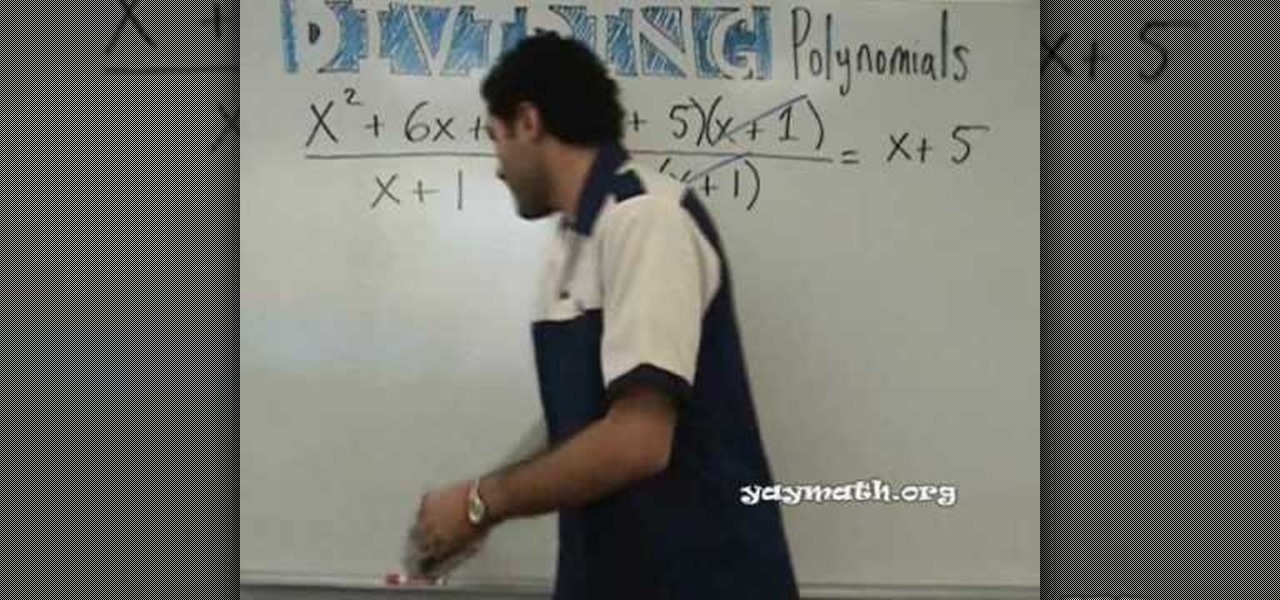
How To: Divide two polynomials in intermediate algebra
In this free video math lesson YAY MATH, we learn how to divide two polynomials using long division. With mathematics, as with anything else, not everyone progresses at the same rate. Algebra is no exception. Happily, in the age of Internet video tutorials, this isn't a problem. Those who progress quickly can go beyond what's being taught them and those who are struggling likewise have all the time in the world to catch up. Whether you need help finishing your homework or studying for that ne...
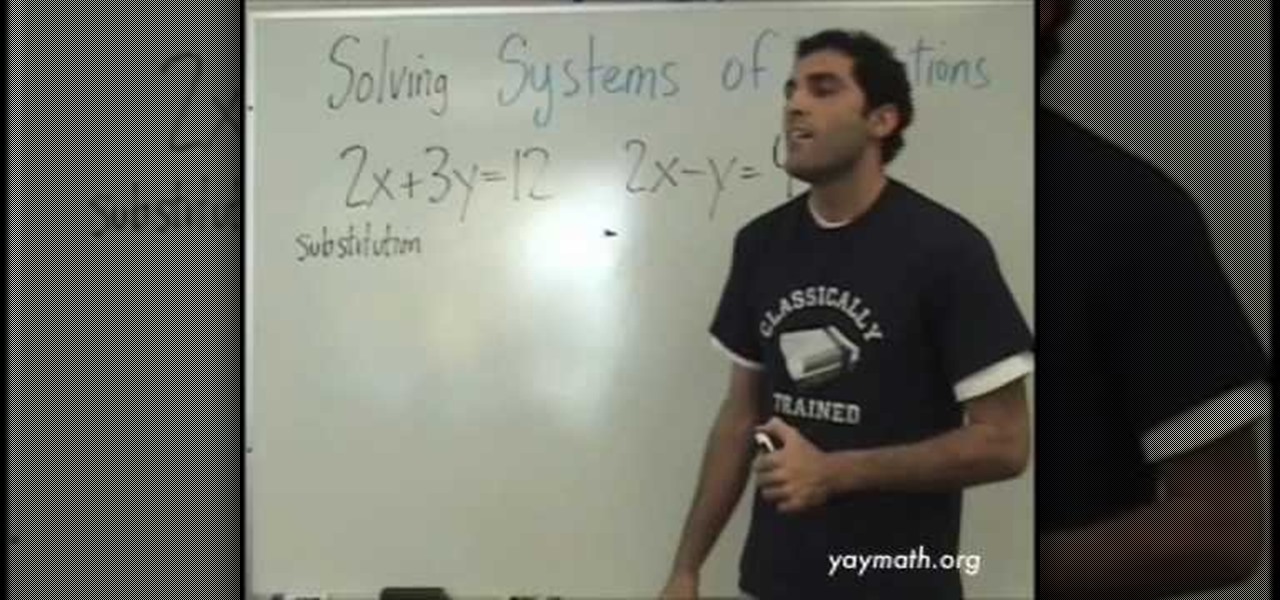
How To: Solve a system of equations with two unknowns in algebra
In this free video math lesson YAY MATH, we learn how to simultaneous equations — sets of equations with multiple variables — in basic algebra. With mathematics, as with anything else, not everyone progresses at the same rate. Algebra is no exception. Happily, in the age of Internet video tutorials, this isn't a problem. Those who progress quickly can go beyond what's being taught them and those who are struggling likewise have all the time in the world to catch up. Whether you need help fini...

How To: Pass Your Math Class With 9 Tips
Not all people can catch up with formulas, and problem solving skills, but with the right attitude and proper time management there's no doubt you'll pass the subject.
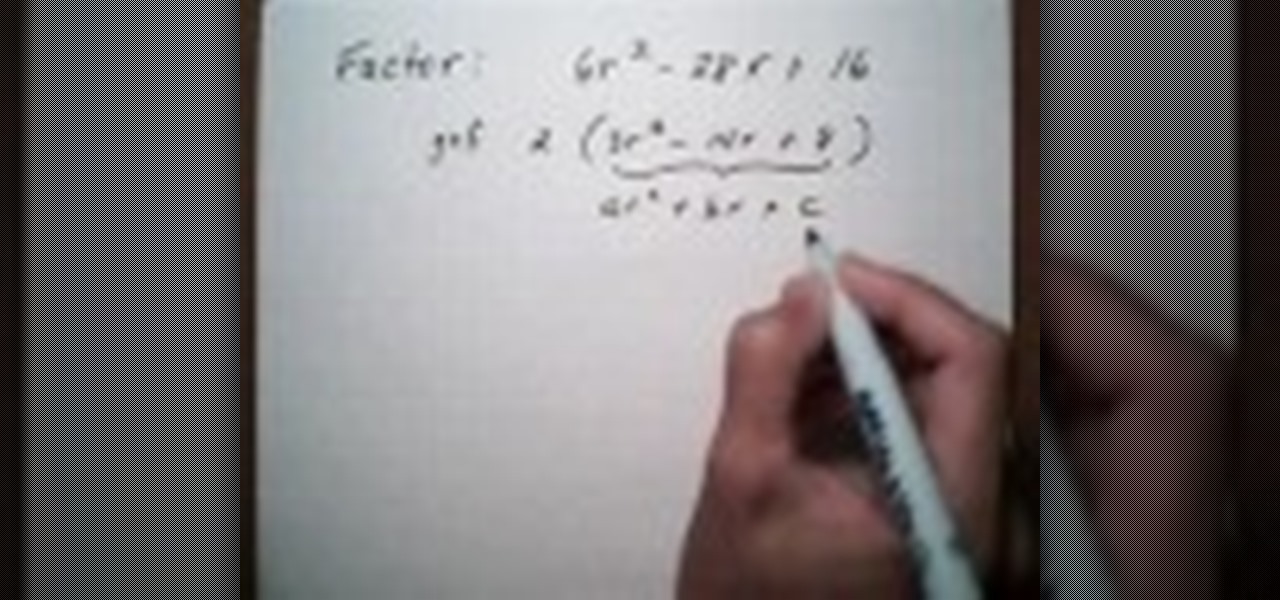
How To: Factor a trinomial by GCF then grouping method
This is a video tutorial in the Education category where you are going to learn how to factor a trinomial by GCF then grouping method. For example how to factor the trinomial 6r(squared) – 28r + 16. The first thing is to get the greatest common factor (GCF) of the numbers. So, GCF of 6, 28 and 16 is 2. The trinomial can now be written as 2{3r(squared) – 14r + 8}. To factor by grouping, see the trinomial as the general formula of ar(squared) + br + c. To factor this, you got to look at the...
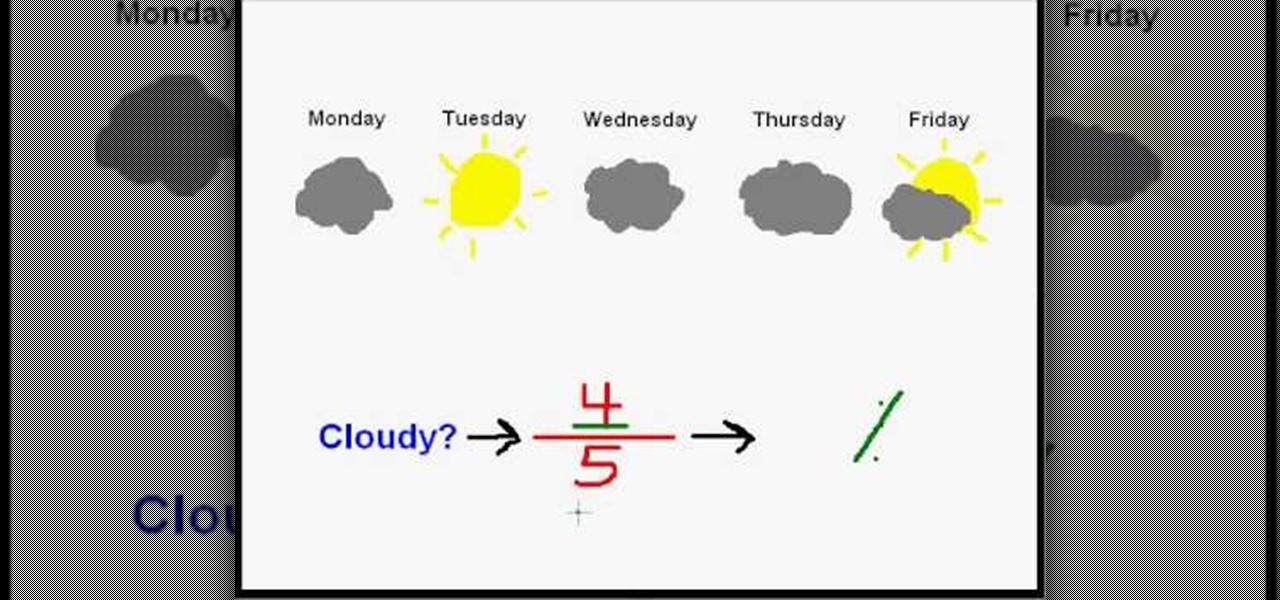
How To: Use probability to predict weather
In this video, we learn how to use probability to predict weather. Probability is the chance of something happening. If you want to know what the weather is going to be like, you can look at the weather report and see what each day is going to do throughout the week. Ask yourself what the probability is that the weather will be cloudy, judging from what the current work week weather is. First, figure out how many days there are total and then find out how many are cloudy versus how many are s...

How To: Write equations in pre-Algebra
This is a video tutorial in the Education category where you are going to learn how to write equations in pre-Algebra. Write an equation that represents the following sentence and then solve the equation. The product of n and 6 is 12. That's n multiplied by 6 or 6n = 12. We want to solve our equation for n. That is we want to get n all by itself on the left hand side. Since n is multiplied by 6, we got to divide both sides by 6. So, we get 6n/6 = 12/6. On the left hand side of the equation, 6...
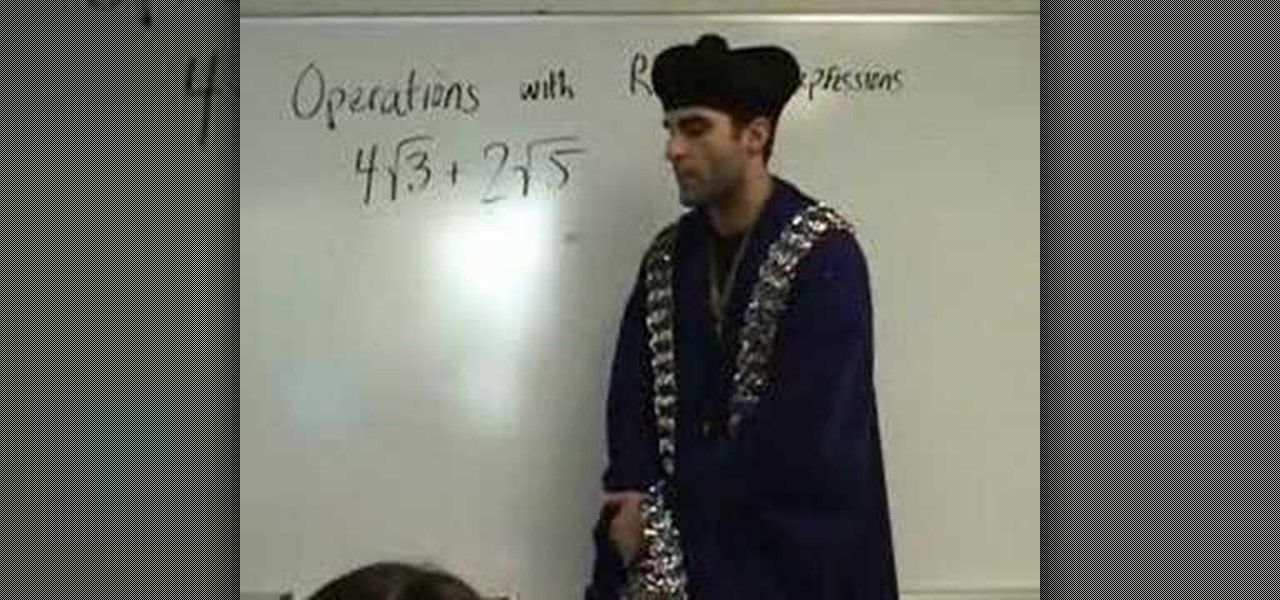
How To: Do operations with radical expressions
Radical expressions are those in which the radical symbol (under root sign denoting the square root or the nth root) is present (either multiplied or added). Solving these is a bit tricky, but involves similar algebraic maneuvers in a different way.

How To: Use the Pythagorean Formula to find a missing side
The Pythagorean theorem is a simple theorem that states that - for a right angled triangle the square of the length of the hypotenuse is equal to the sum of the squares of the length of the remaining two sides.

How To: Factor a trinomial by unfoiling (trial and error)
Factorization of a trinomial can be achieved by using the standard method of appropriately "splitting the middle term" or by this method as shown in the video.
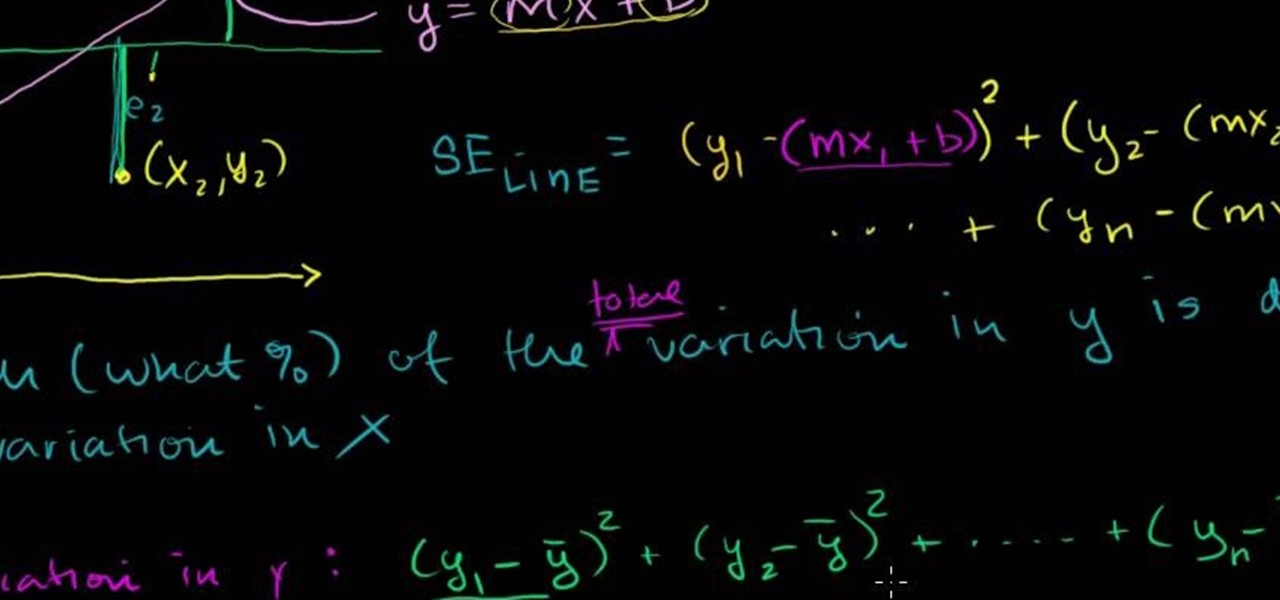
How To: Calculate r-squared or coefficient of determination in statistics
Learn how tofind r-squared or the coefficient of determination in stats. Whether you need help studying for that next big stats text or just a hand finishing your homework, you're sure to be well served by this four-part free video math lesson from Salman Khan.

How To: Find a regression line in statistics
Learn how to solve statistics problems that require you to find the regression line. Whether you need help studying for that next big stats text or just a hand finishing your homework, you're sure to be well served by this four-part free video math lesson from Salman Khan.
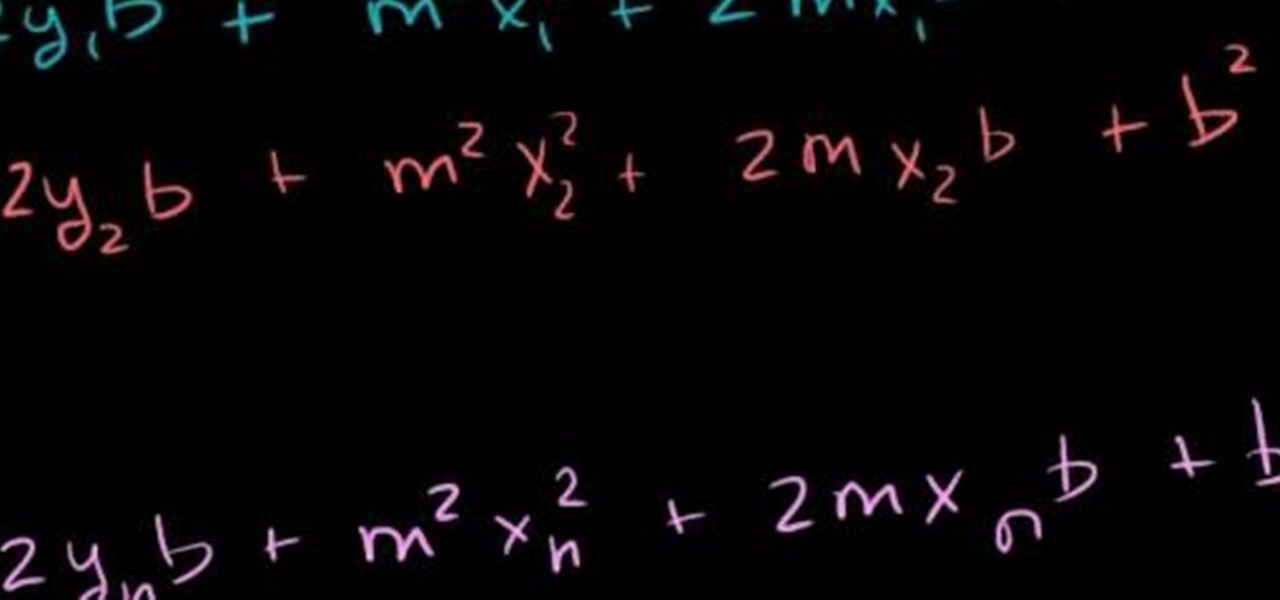
How To: Minimize the sum of squared error for a regression line in statistics
Learn how to minimize the sum of squared error for regression line problems in stats. Whether you need help studying for that next big stats text or just a hand finishing your homework, you're sure to be well served by this four-part free video math lesson from Salman Khan.

How To: Calculate r-squared to see how well a regression line fits data in statistics
Learn how to solve r-squared problems. Whether you need help studying for that next big stats text or just a hand finishing your homework, you're sure to be well served by this free video math lesson from Salman Khan, which presents a detailed overview of how to calculate r-squared in statistics.
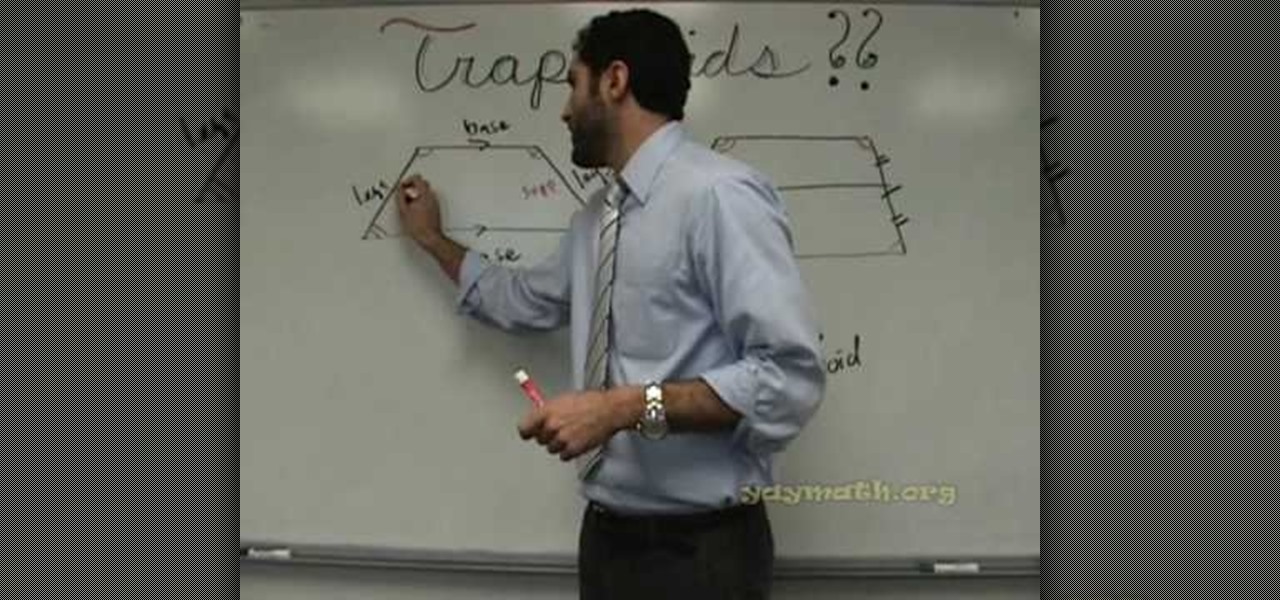
How To: Dissect the geometrical quadrilateral trapezoid
If you've ever had problems with trapezoids in the past, this math lesson should clear some things up. A trapezoid is a geometrical shape, a quadrilateral, that has only one pair of parallel sides. Outside of the US, it's referred to as a trapezium. Yay Math breaks down the properties of trapezoids, including the isosceles trapezoid, the legs of the trapezoid and the median of the trapezoid.
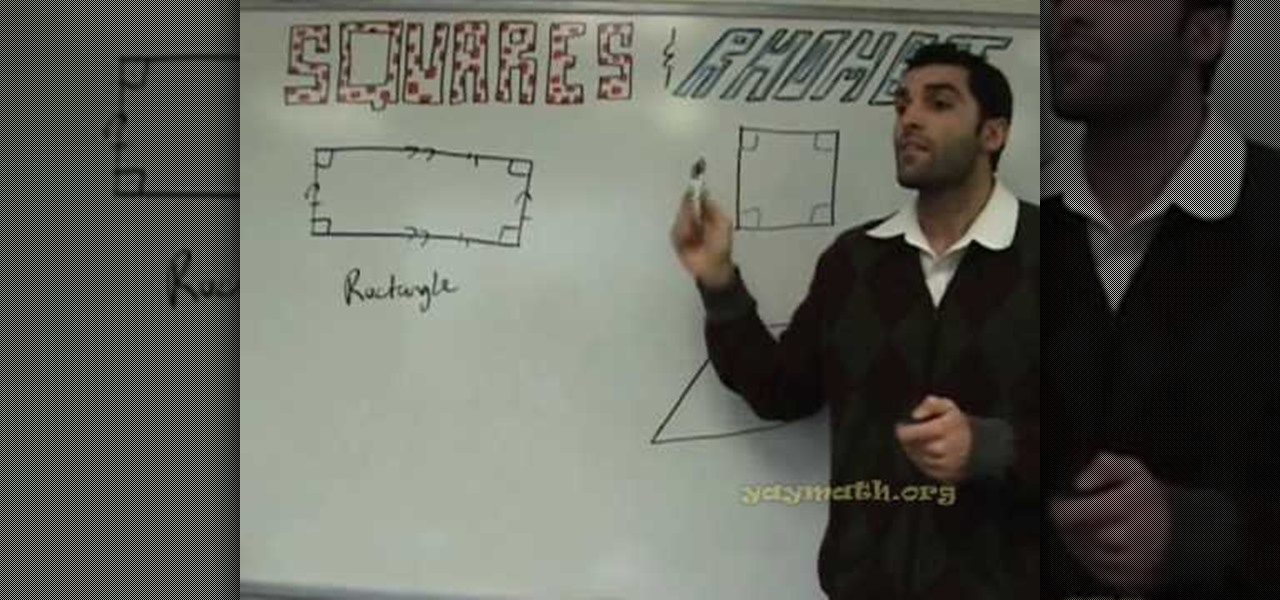
How To: Understand the differences / similarities between squares, rectangles & rhombi
This math lesson from Yay Math covers four-sided shapes in geometry. Learn about the differences and similarities between rectangles, squares and rhombi (the plural of rhombus). The properties of rhombi and squares are covered, so sit back and enjoy this educational (and FUN) math lesson.
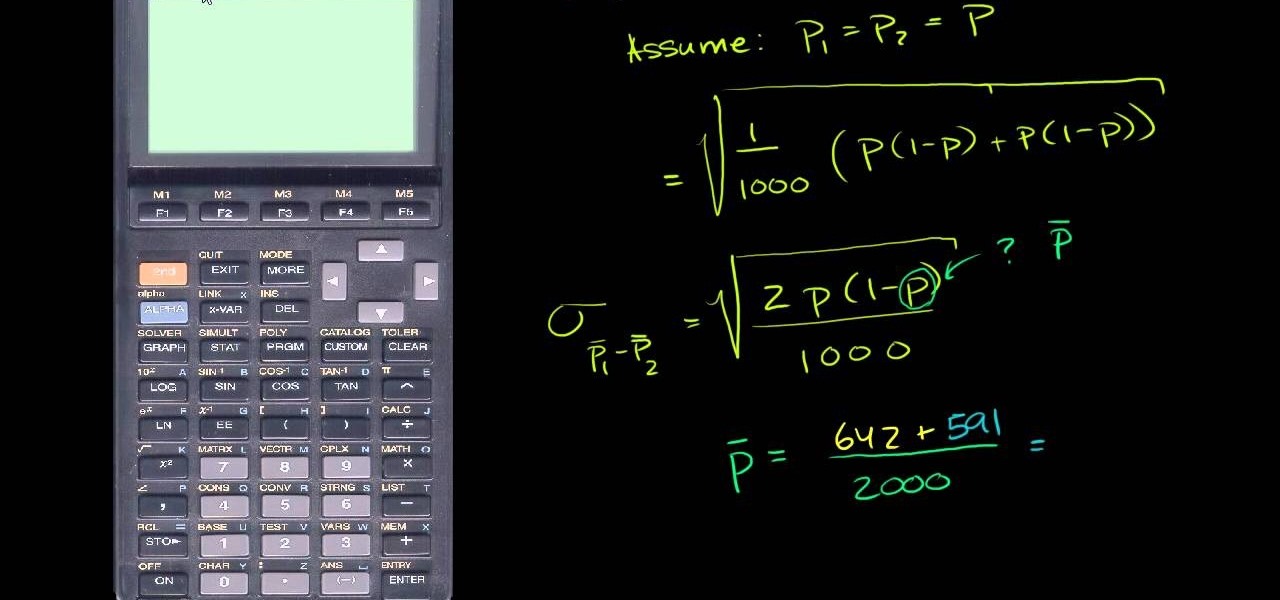
How To: Compare population proportions in statistics
From Ramanujan to calculus co-creator Gottfried Leibniz, many of the world's best and brightest mathematical minds have belonged to autodidacts. And, thanks to the Internet, it's easier than ever to follow in their footsteps. With this installment from Internet pedagogical superstar Salman Khan's series of free math tutorials, you'll learn how to compare population proptions in stats.

How To: Solve population proportion problems in statistics
From Ramanujan to calculus co-creator Gottfried Leibniz, many of the world's best and brightest mathematical minds have belonged to autodidacts. And, thanks to the Internet, it's easier than ever to follow in their footsteps. With this installment from Internet pedagogical superstar Salman Khan's series of free math tutorials, you'll learn how to solve pop. proportion problems in stats.

How To: Compare population proportions in statistics
From Ramanujan to calculus co-creator Gottfried Leibniz, many of the world's best and brightest mathematical minds have belonged to autodidacts. And, thanks to the Internet, it's easier than ever to follow in their footsteps. With this installment from Internet pedagogical superstar Salman Khan's series of free math tutorials, you'll learn how to compare population proportions.




